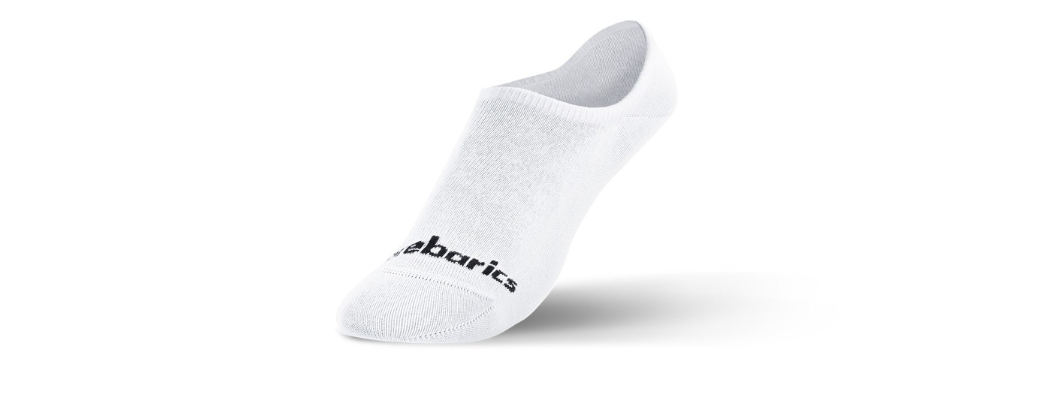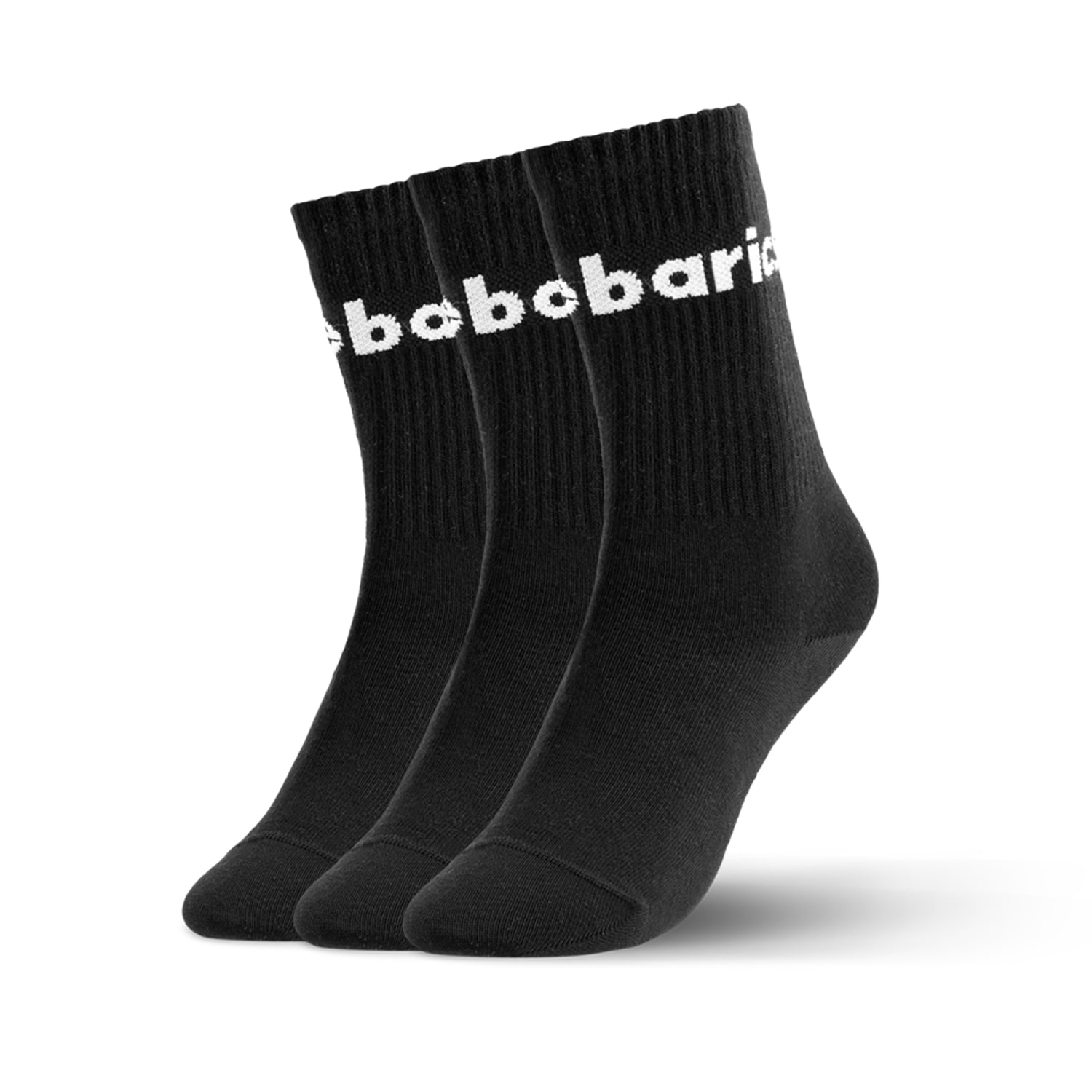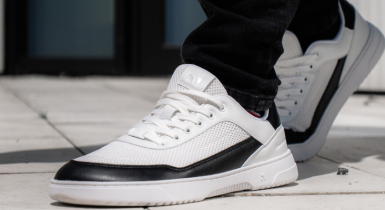How to Pick the Right Socks for Barefoot Sneakers?
You’ve done the hard part: said goodbye to narrow shoes and got yourself proper barefoot sneakers. But even the best barefoot shoes can feel wrong if your socks mess it up. In this blog, you’ll learn exactly what to look for (and what to avoid) when choosing socks that work with your barefoot sneakers.

Table of contents
Why can the wrong socks ruin barefoot sneakers?
Because comfort isn't just about the shoe.
- Tight socks = trapped toes. That restricts natural toe spread is the thing barefoot shoes are made for.
- Thick or compressive socks = less room to move. They act like padding where you don’t need it.
- Synthetic materials trap sweat and heat. That means more moisture, more friction, and more risk of blisters or irritation.
- Slippery ankle socks? They slide down, bunch up, or create hotspots, especially during longer walks. We definitely recommend Barebarics socks with raised hem, which are designed to stay in place so you don’t get blisters.

What should you look for in barefoot-friendly socks?
- Foot-shaped fit — lets your toes spread and move naturally
- Thin & lightweight —for more space inside the shoe
- Breathable materials — merino wool or technical fibers are ideal
- Good cuff grip — stays put, doesn’t dig into your skin
Bonus: Toe socks may also help reduce interdigital maceration and improve foot temperature regulation — according to studies on barefoot mechanics and neurostimulation socks.

How do you choose socks that actually support healthy feet?
Start with the size. If you're on the edge between two, go bigger. Your feet naturally swell throughout the day, and tight socks can squeeze your toes right back into restriction mode — exactly what you're trying to avoid with barefoot shoes.
Next up: material. Breathable, moisture-wicking fabrics like merino wool or technical blends are your go-to. They help keep your feet dry, cool, and fungus-free (you’re welcome). Avoid thick, fluffy socks — they eat up space inside your shoes and mute the ground feel that barefoot walking is all about.
When it comes to the cuff, it’s all about balance. You want a sock that stays up without cutting off circulation or leaving marks around your ankle.
Last but not least, keep your socks clean and dry. Even the best socks can’t save you from the bacteria party that comes with reusing damp pairs.
Which sock types work best with barefoot shoes?
Minimalist thin socks - Lightweight, breathable, easy fit - May slide or bunch if low quality
Toe socks - Natural toe splay, reduced friction - Can feel unusual at first
Ankle socks with extended cuffs - Stay in place, don’t show above shoe - Risk of slipping if cuff is weak

Next steps?
Measure your foot and find the right sock size
Check out our latest barefoot sneaker drop
Need advice? Reach out — we’ve got your feet
Sources
- Lima, A. et al. Scoping Review: Benefits of Toe Socks in Foot Health and Biomechanics. Journal of Sports Rehabilitation. 2023.
- Szabo, V. Textured Toe Socks for Enhanced Foot Sensory Feedback. Barefoot Strong Blog. 2023.
- Grigg, R. Comparative Review: Toe Socks vs. Traditional Socks. Minimalist Life Research Series. 2022.
- Wikipedia contributors. Pitted keratolysis. Wikipedia. 2023.
- Wikipedia contributors. Athlete’s foot. Wikipedia. 2023.
Why are socks so important with barefoot shoes?
+ -Because they can either support or block toe movement, airflow, and comfort. The wrong pair cancels out barefoot benefits — even in perfect shoes.
Are thicker socks okay in winter?
+ -Yes, as long as they don’t compress your toes or reduce space inside the shoe. Look for thin merino or wool-blend options instead of bulk.
Are toe socks better for barefoot wear?
+ -They can be. Research suggests toe socks reduce toe-on-toe friction and support better pressure distribution, especially during long wear.
What if my socks keep sliding off?
+ -You probably need a pair with a higher cuff or better grip at the heel. Look for ones designed specifically for barefoot or low-cut sneakers.




